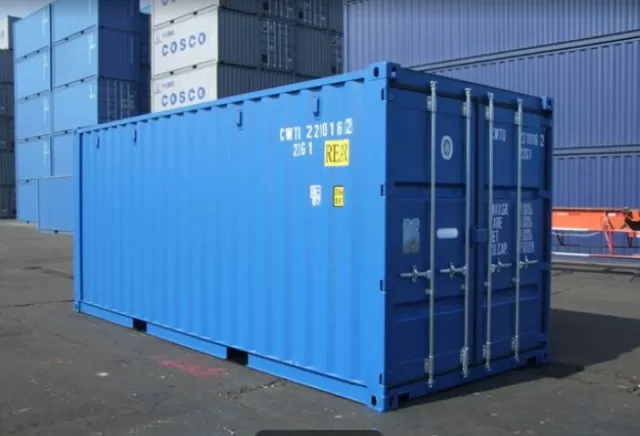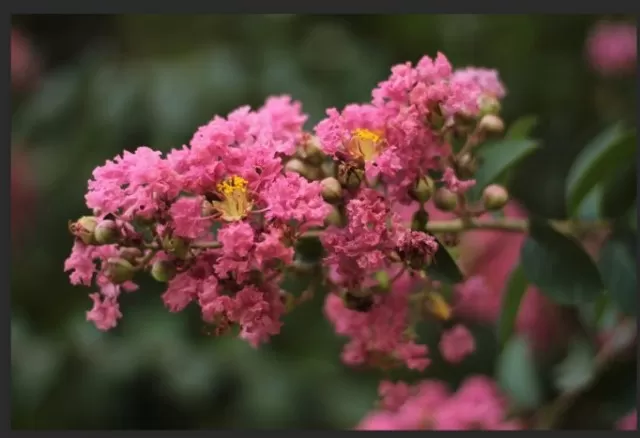Container-Friendly Trees and Shrubs That Flourish. Even in small yards or limited Outdoor Spaces, the beauty of trees and shrubs can be incorporated through container gardening. Whether you have a patio, terrace, or even no outdoor space at all, you can introduce the texture, allure, and eco-friendly charm of container-grown trees and shrubs.
These ornamental wonders soften the starkness of wood, metal, or concrete building materials, enriching your outdoor spaces with their natural splendor. Additionally, certain trees and shrubs can thrive indoors as potted plants, providing years of natural beauty.
Explore the world of container gardening with these remarkable trees and shrubs that adapt perfectly to confined spaces, ensuring that you can enjoy the allure of nature in any setting.
Caring for Container-Grown Shrubs and Trees: Tips for Success

To ensure the longevity and vitality of your container-grown shrubs and trees, it’s essential to choose the right pot size and consider various factors:.
Pot Size: Select a pot that can hold a minimum of 3 gallons of soil or potting mix for shrubs, and for trees, opt for 5-gallon pots or larger.
Adequate space for roots allows the plants to thrive and grow healthily.
Mature Size: Research the mature size of the shrub or tree you intend to grow in a container, especially if you plan to keep it indoors or bring it inside during the winter.
Understanding its growth potential helps you choose an appropriate container and manage its size effectively.
Hardiness: For plants that will spend the winter outdoors, make sure they are hardy (perennial) in your local climate.
Cold-sensitive species may require special care or protection during the winter months.
By carefully considering these factors and providing proper care, you can enjoy container-grown shrubs and trees for an extended period, enhancing the beauty of your outdoor or indoor spaces.
Ficus Trees: Versatile Beauties for Indoors and Out
Ficus trees, scientifically known as Ficus benjamina or “weeping fig,” possess a remarkable adaptability to various environments.
In outdoor settings, they can soar to impressive heights, reaching up to 55 feet or even higher. However, when cultivated in containers, these trees maintain a more manageable stature, typically standing at around 5-6 feet in height.
Ficus trees offer a touch of elegance and charm, whether grown as a single specimen or as a trio with their slender trunks intricately braided for a decorative flourish.
Adorned with a lush crown of glossy dark leaves, the ficus effortlessly complements any decor.
While ficus trees are hardy only in zone 10, they can thrive as indoor potted plants in other zones.
During the warmer months, you can even transport them to a sheltered spot on your patio, provided nighttime temperatures don’t dip below freezing. With their adaptability and aesthetic appeal, ficus trees are versatile additions to your home or garden, adding a touch of green elegance to your space.
Ficus Trees: Versatile Beauties for Indoors and Out

Ficus trees, scientifically known as Ficus benjamina or “weeping fig,” possess a remarkable adaptability to various environments.
In outdoor settings, they can soar to impressive heights, reaching up to 55 feet or even higher. However, when cultivated in containers, these trees maintain a more manageable stature, typically standing at around 5-6 feet in height.
Ficus trees offer a touch of elegance and charm, whether grown as a single specimen or as a trio with their slender trunks intricately braided for a decorative flourish.
Adorned with a lush crown of glossy dark leaves, the ficus effortlessly complements any decor.
While ficus trees are hardy only in zone 10, they can thrive as indoor potted plants in other zones.
During the warmer months, you can even transport them to a sheltered spot on your patio, provided nighttime temperatures don’t dip below freezing. With their adaptability and aesthetic appeal, ficus trees are versatile additions to your home or garden, adding a touch of green elegance to your space.
Sweet Bay: Aromatic Elegance for Your Home and Garden
For an aromatic tree that’s also a culinary delight, turn your attention to Sweet Bay, scientifically known as Laurus nobilis.
With its deep green leaves that double as a flavorful seasoning for savory dishes, this tree is a treasure for both the senses and the kitchen.
Sweet Bay is hardy in USDA zones 8-10, making it suitable for patio living during the summer months.
However, in colder zones, it’s advisable to bring it indoors for the winter, ideally placing it near a sunny window where its delightful aroma can be savored by all who pass by.
This slow-growing evergreen tree can reach heights of up to 8 feet when planted in a container.
What’s more, its versatile nature allows for creative pruning, enabling you to shape it into a conical or globe form for a touch of geometric elegance or a topiary-style design element. Sweet Bay is the perfect fusion of beauty, utility, and fragrance for your home and garden.
Crepe Myrtle: Showstoppers for Your Outdoor Space

Crepe myrtle, scientifically known as Lagerstroemia x Natchez, is a versatile plant that can be pruned to mimic a small tree, although it’s inherently a shrub.
What sets crepe myrtle apart is its breathtaking display of blossoms, available in an array of captivating hues, from delicate soft pink to deep, regal purple and striking, fiery red, depending on the specific variety.
For those residing in USDA zones 6-9, crepe myrtle is well-suited to withstand the winter outdoors, eliminating the need to bring it indoors and risk shedding its leaves.
These hardy shrubs are celebrated for their remarkable showiness, gracing your patio or deck with vibrant bursts of color, from the height of summer right through mid-fall. Crepe myrtles are a cherished addition to any outdoor space, infusing it with a welcome and long-lasting kaleidoscope of natural beauty.
*The information is for reference only.